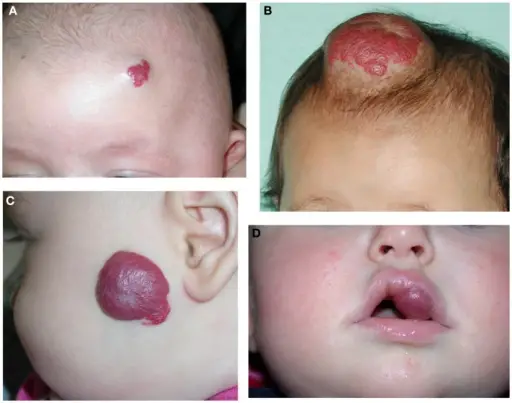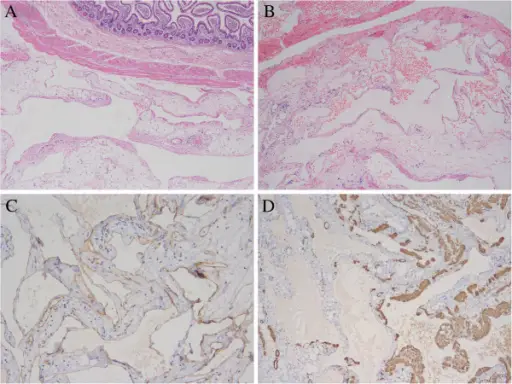What are Capillary Lymphangiomas?
Capillary lymphangiomas are also known as simple lymphangiomas, and are composed of small, lymphatic vessels located at the epidermis. What is the Pathology of Capillary Lymphangiomas? The pathology of capillary lymphangiomas is: -Etiology: The cause of capillary lymphangiomas is an…









